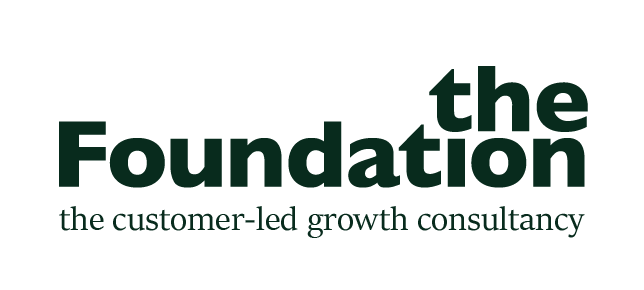Five mindsets for times of economic uncertainty
Our Director Laura Hurst explains why companies that are customer-led and will fare best in the long-term
This is a summary of an article originally written for WARC
I don’t know about you, but for me the last few weeks have been full of webinars and presentations attempting to predict what the world will look like as individuals, communities and businesses emerge, shell-shocked into the “new normal”. What I’m struck by is the contrast between confident predictions of the category “winners and losers” that dominates the national conversation and the worried uncertainty of individual business owners who question how best to prepare their business for the future.
In researching the issue further, we found that by adding customer-orientation to our analysis we were much better placed to identify which businesses are best-placed to survive the Covid-19 crisis.
Customer champions use their influence and advantage for good, staying true to their purpose, reflecting the national mood and investing in new and better ways to create value for customers.
Profiteers take advantage of category headwinds to achieve growth, increasing prices for the most in-demand products and losing sight of customers.
Steady decliners look internally for short-term fixes to address declines in sales, cutting costs or trying price promotions to attract new customers, failing to address the underlying customer issues.
Long-term survivors use customer insight to identify opportunities to adapt the business model to be more suitable for the changed circumstances.
Opportunistic entrepreneurs perceive the necessity for fundamental change within a category and create innovative new solutions that have a long-term impact on consumer behaviour.
Our take-out for any business is that prioritising commercial gain over staying relevant and useful to customers during the crisis won’t be sustainable in the long-term. Businesses need to be closer than ever to customers, the actual people who can tell you directly how they are thinking and feeling, what they are prioritising and how they feel about the value you can create for them.
If you’re interested in finding out more, you can click here to access a long form version of this article.

